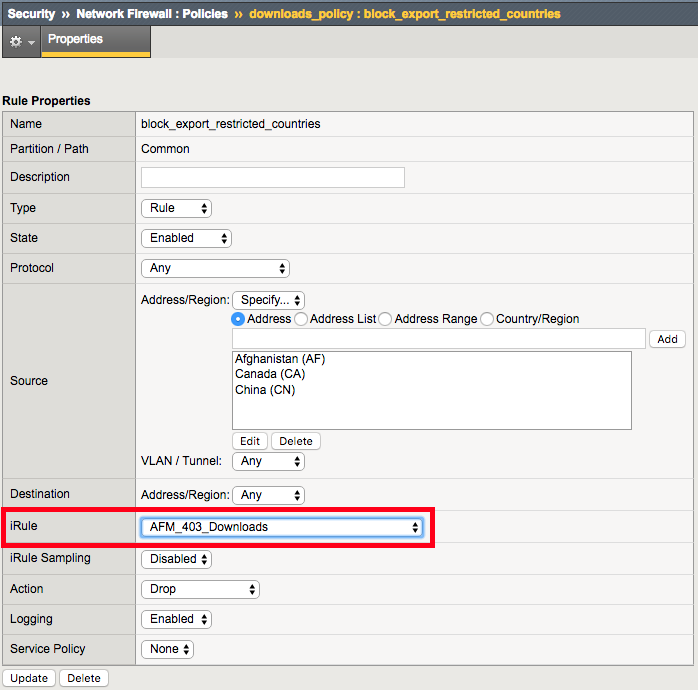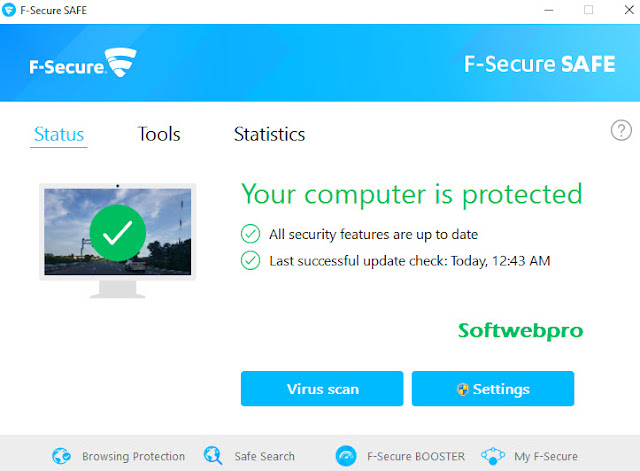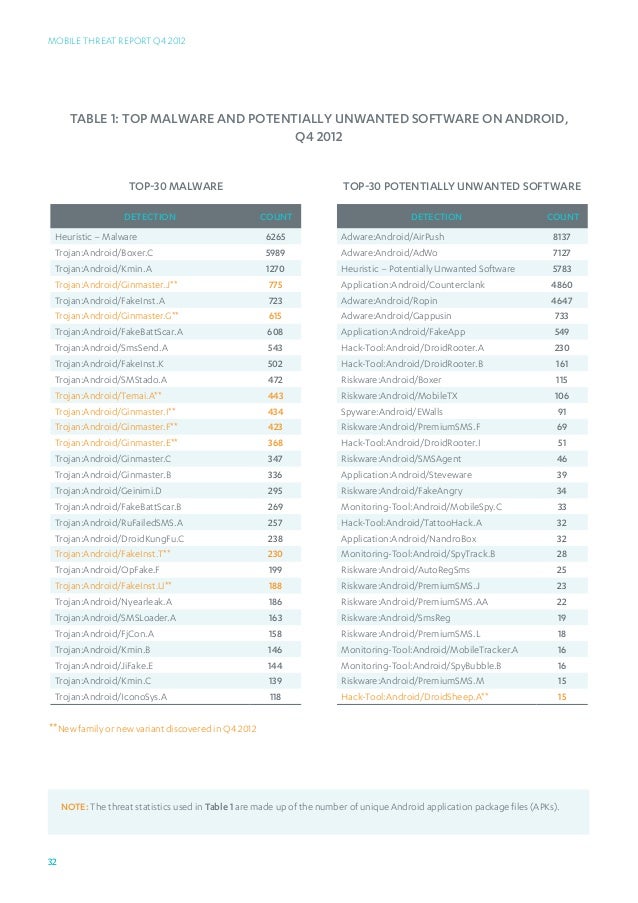
#F secure labs windows#
#F secure labs full#
FLAIR was created to perform the semi-automated acquisition of a number of key artefacts from a target host.įLAIR bridges the gap between the deep level of data available from a full forensic image of the host and the more targeted and interactive approach offered by EDR solutions. Purposeĭuring investigation of incidents on client estate, there are occasions where no EDR deployed which the IR team can make use of to collect artefacts across the estate. This document describes the purpose and basic operation of the FLAIR acquisition script. For a list of our State agency CLIA contacts (PDF), please visit our website at /Regulations-and-Guidance/Legislation/CLIA/Downloads/CLIASA.F-Secure Lightweight Acquisition for Incident Response (FLAIR) The State agency maintains the certificate information for new and existing laboratory providers within their state. Select the State agency based on the physical location of the laboratory.


Additionally, see the Temporary COVID-19 Testing Sites (PDF) infographic, which advises those receiving laboratory services of things to be aware of to ensure they are receiving quality laboratory testing.
#F secure labs how to#
See the Consumer Complaints FAQ (PDF) on how to file a complaint. To report a complaint about a laboratory, contact the appropriate State Agency (PDF) that is found on the State Agency & Regional Office CLIA Contacts page located in the left-hand navigation pane in this section. Frequently asked questions to S&C-16-18-CLIA, Personnel Policies for Individuals Directing or Performing Non-waived Tests, are in the Downloads section file called "S&C-16-18-CLIA FAQs".CDC educational booklet, "PROVIDER-PERFORMED MICROSCOPY PROCEDURES - A Focus on Quality Practices" (In the Related Links section.) and.FDA Safety Tip for laboratories on how workload should be calculated when using currently FDA-approved semi-automated gynecologic cytology screening devices and.
#F secure labs download#

The objective of the CLIA program is to ensure quality laboratory testing. The Division of Clinical Laboratory Improvement & Quality, within the Quality, Safety & Oversight Group, under the Center for Clinical Standards and Quality (CCSQ) has the responsibility for implementing the CLIA Program. In total, CLIA covers approximately 330,000 laboratory entities. through the Clinical Laboratory Improvement Amendments (CLIA).

The Centers for Medicare & Medicaid Services (CMS) regulates all laboratory testing (except research) performed on humans in the U.S.


 0 kommentar(er)
0 kommentar(er)
